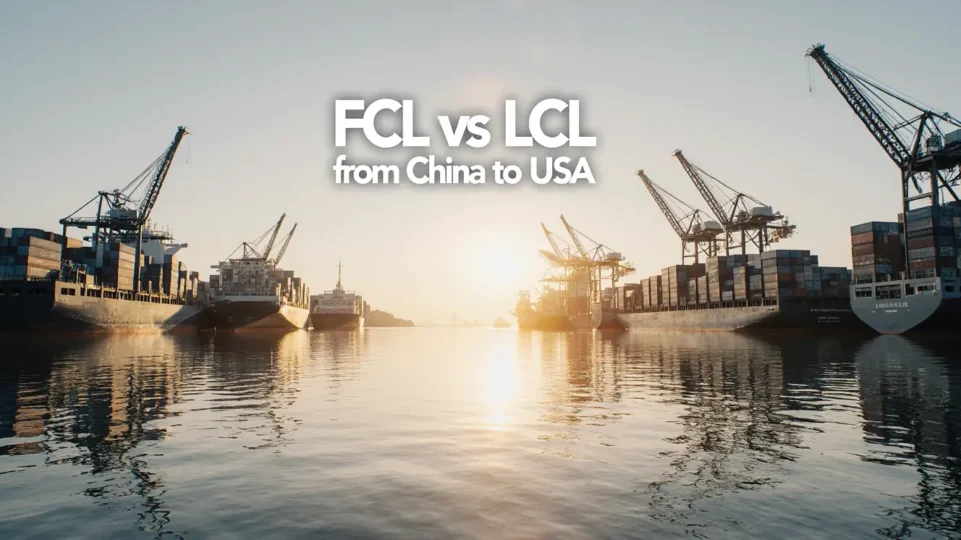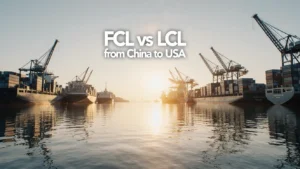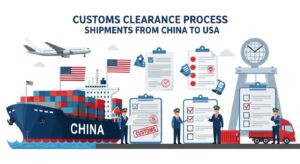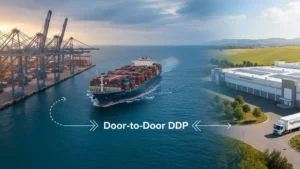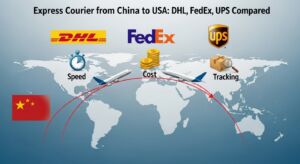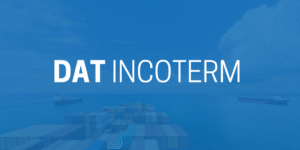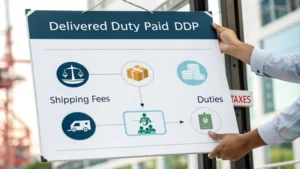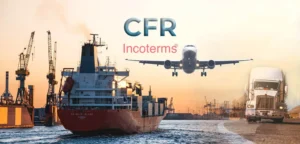It’s not just about price when it comes to choose between FCL or LCL shipping from China to USA. Choose wrong, and you’ll either overpay for empty container space or watch your per-unit costs balloon with LCL fees. Choose right, and you’ll slash shipping costs while hitting your delivery windows like clockwork.
This decision directly impacts your bottom line, your inventory cycle, and your peace of mind. Getting it wrong means paying for empty air or facing customs delays that derail your whole quarter. Here is the step-by-step breakdown of FCL vs LCL shipping from China to USA, covering the cost, time, and security factors that matter most to your B2B operation.
Quick Comparison of FCL vs. LCL Shipping from China to USA
This section provides a clear and concise comparison table highlighting the key differences between FCL (Full Container Load) and LCL (Less than Container Load). It helps you choose the best shipping option based on cargo volume, cost, and delivery time.
| Comparison Factor | FCL (Full Container Load) | LCL (Less than Container Load) |
| Best For | Shipments 10+ CBM | Shipments under 10 CBM |
| Cost Structure | Fixed rate per container | Per-CBM rate ($120–$200/CBM) |
| 20ft Container Cost | $2,200–$4,500 | – |
| 40ft Container Cost | $2,800–$5,800 | – |
| Cost Per CBM (example) | $86–$160 per CBM (for 10+ CBM) | $120–$200 per CBM + extra fees |
| Ocean Transit Time | 18–25 days | 18–25 days |
| Consolidation Time | None | 3–7 days |
| Deconsolidation Time | None | 3–7 days |
| Total Door to Door | 25–35 days | 35–45 days |
| Peak Season Transit | 28–42 days | 45–55 days |
| Cargo Handling | Minimal | Multiple handling steps |
| Damage Risk | Lower | Higher |
| Security | High | Medium |
| Flexibility | Low | High |
| Tracking Visibility | Clear | Moderate |
| Ideal for Amazon FBA | Yes | Possible but slower |
| Multiple Suppliers | Requires pre-consolidation | Consolidation included |
| Product Testing / Sampling | Not cost-effective | Good for small test orders |
| Hidden Fees | Detention, demurrage, chassis fees | Consolidation, deconsolidation, CFS fees |
| Minimum Volume | 10–13 CBM to be economical | No minimum |
| Speed Priority | Faster | Slower |
| Budget Priority | Better for large volumes | Better for small volumes |
FCL Shipping China-USA: When to Choose Full Container Load
Full Container Load (FCL) is ideal when you have sufficient volume or high-value cargo. It provides faster, more predictable transit times and reduced handling risk compared to LCL. Typically, FCL becomes cost-effective once your shipment exceeds 10–13 CBM, and choosing the right container type (20GP, 40GP, 40HQ) ensures efficient use of space. FCL shipments are loaded and sealed at the origin and remain untouched until they reach the destination, simplifying tracking, customs clearance, and minimizing potential damage.
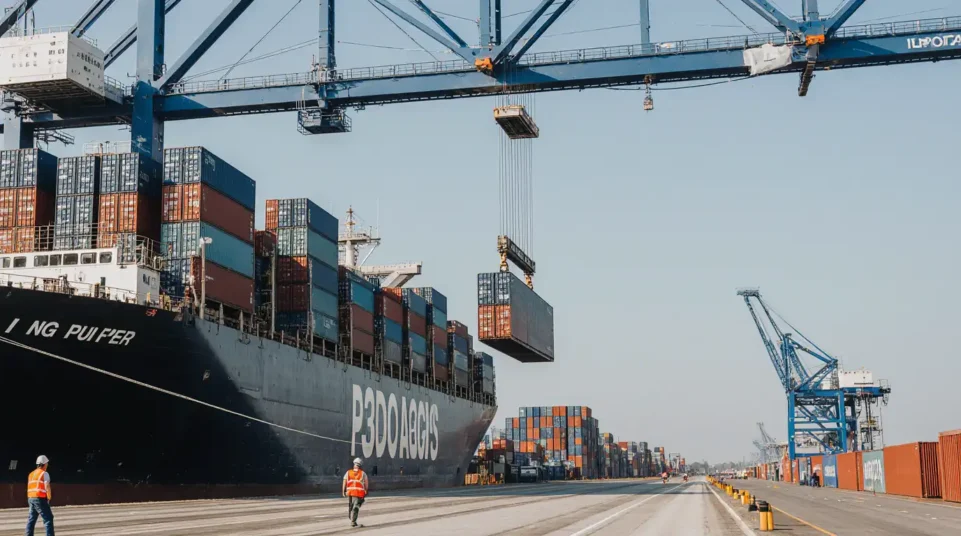
FCL Transit Times from China to USA: Scheduling and Delivery Predictions
The table below provides realistic scheduling estimates for common FCL routes from China to the USA, helping importers predict delivery windows with greater confidence.
| Service Type | Route / Description | Transit Time |
| Port to Port | Shenzhen / Yantian → Los Angeles / Long Beach | 18–22 days |
| Port to Port | Shanghai / Ningbo → Los Angeles | 20–25 days |
| Port to Port | Shenzhen → New York / Newark | 28–35 days |
| Port to Port (Average) | Overall average range | 18–25 days |
| Door to Door | Including customs clearance | 25–35 days total |
| Peak Season Impact | Expected delay due to congestion | +3–7 days |
Key Factors Affecting FCL Transit Times from China to USA
Several factors can speed up or slow down your FCL shipment:
| Factor | Details / Impact on Transit Time |
| Route Distance | West Coast ports (LA/Long Beach): 18–22 days East Coast ports (NY/Savannah): 28–35 days Direct sailing vs. transshipment: +3–7 days if transshipped |
| Port Congestion | China: Rare, but typhoons or holidays can add 2–5 days USA: LA/Long Beach congestion adds 7–14 days during peak periods East Coast ports generally faster to discharge |
| Peak Season (Aug–Oct) | Vessel space is scarce—book 4–6 weeks ahead Port congestion worsens Add 5–10 days to normal transit times |
| Customs Clearance | Smooth clearance: 1–3 days (with proper docs/DDP)Delayed clearance: 5–10+ days (missing docs, inspections, compliance issues) |
| Equipment & Drayage Availability | Chassis shortages can delay final delivery 3–7 days Driver shortages during peak season add further delays |
| Weather & Holidays | Typhoons: 2–7 day delays Chinese New Year: Factory closures + export rush US Thanksgiving → Christmas: Port volume surge |
FCL Shipping Rates from China to USA: Current Prices and Volatility Factors
Rates of Ocean freight from China are notoriously volatile, swinging based on some factors. The table below shows current average FCL shipping rates from China to USA as of early 2025, broken down by container type and route.
| Container Type | Route / Service | Current Average Rate (USD) | Notes |
| 20ft (20GP) | Shenzhen / Ningbo → Los Angeles / Long Beach | 2,200 – 4,500 | Best for dense/heavy cargo; rates fluctuate with fuel & capacity. |
| 40ft (40GP) | China Main Ports → US West Coast | 2,800 – 5,800 | Most commonly used; standard volume shipments. |
| 40ft High Cube (40HQ) | China Main Ports → US West/East Coast | 3,000 – 6,200 | Best for light, bulky goods; peak season sees highest demand. |
| West Coast Premium Service | Faster vessels to LAX/LGB | +300 – 800 | Higher reliability, reduced rollover risk. |
| East Coast Routing | Via Panama or Suez Canal | +1,000 – 2,000 above West Coast | Longer route = higher cost. |
| Peak Season Adjustment | Aug–Oct | +40% to +60% | Capacity shortages drive all FCL rates higher. |
| Market Volatility Factor | Sudden global demand spikes | Can exceed 10,000+ | Observed in 2021 crisis; similar spikes possible during disruptions. |
FCL Door-to-Door (DDP) Complete Cost Breakdown
DDP (Delivered Duty Paid) covers all costs from the supplier’s door in China to your warehouse in the USA. The table below breaks down each cost component so you can see exactly where your money in case of FCL door to door shipping from China to the USA.
| Cost Component | 20ft Container (20GP) | 40ft High Cube (40HQ) | Notes |
| Ocean Freight | $2,200 – $4,500 | $3,000 – $6,200 | Base rate from China to US West Coast |
| Origin Charges | $200 – $400 | $250 – $500 | Pickup, loading, export customs clearance |
| Destination Charges | $800 – $1,200 | $900 – $1,400 | Port fees, container unloading, terminal handling |
| Customs Clearance | $150 – $300 | $150 – $300 | US import broker fees |
| Import Duties & Taxes | 2–25% of cargo value | 2–25% of cargo value | Depends on HS code and product category |
| Inland Trucking (US) | $400 – $800 | $500 – $1,000 | Port to warehouse within ~200 miles |
| Total DDP Cost | $4,000 – $7,500 | $5,000 – $9,500 | Includes all fees for door-to-door delivery |
LCL Shipping China-USA: The Optimal Choice for Smaller Shipments
Less than Container Load (LCL) is ideal for smaller shipments under 15 CBM. It allows importers to pay only for the space they use, offering flexibility for startups, seasonal orders, or product testing. While transit times are longer than FCL typically 30–40 days door-to-door planning ahead mitigates delays. LCL is cost-effective for smaller, regular shipments and provides budget-friendly shipping without paying for unused container space.
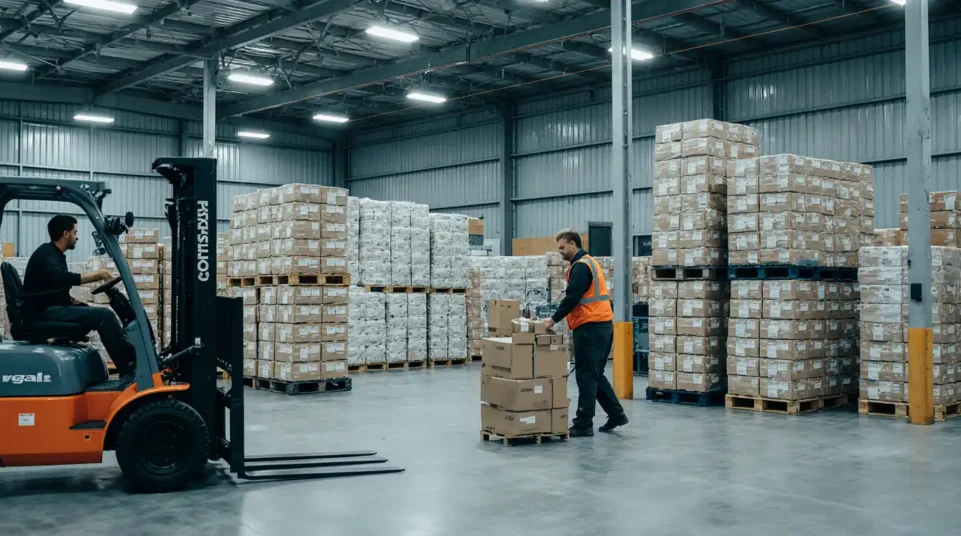
LCL Transit Times from China to USA: Schedules and Common Delays
LCL shipments follow a more complex timeline than FCL because they require additional handling at both the origin and destination. The table below outlines realistic LCL transit times and the most common sources of delay.
| Service Type | Description / Stage | Transit Time |
| Port to Port | Ocean transit | 18–25 days (same as FCL) |
| Origin Handling | Consolidation at origin warehouse | 3–7 days |
| Destination Handling | Deconsolidation at destination warehouse | 3–7 days |
| Door to Door | Total transit time including all stages | 35–45 days |
| Peak Season Impact | Possible delay due to warehouse congestion | 45–55 days |
Key Factors Affecting LCL Shipping Transit Times from China to USA
LCL transit times depend on many more variables than FCL, since your cargo is combined with other shippers and passes through multiple handling points. The table below breaks down the key factors that slow down or accelerate LCL shipping from China to the USA.
| Factor | Details / Impact on Transit Time |
| All FCL Factors | LCL shipments are affected by the same factors as FCL: route distance, port congestion, peak season, customs clearance, equipment availability, and weather/holidays. |
| Consolidation Time at Origin (3–7 days) | Cargo waits until enough shipments fill a container. Peak season: faster consolidation due to high volume. Slack season: slower waiting for more cargo. TopShipping’s high volume shortens consolidation windows. |
| Deconsolidation Time at Destination (3–7 days) | Container arrives, but cargo waits to be separated and sorted. CFS congestion during peak season can extend to 10+ days. Cargo may clear customs but still sit at CFS waiting for processing. |
| Multiple Handling Points | Each transfer (factory → warehouse → port → vessel → CFS → delivery) adds potential delays. Documentation errors during consolidation add 2–5 days. Damaged packaging at CFS requires repackaging before release. |
| Vessel Priority | LCL consolidated containers sometimes get lower loading priority than FCL. During equipment shortages, FCL shipments are prioritized. |
| Peak Season Impact | Normal LCL door-to-door: 35–45 days. Peak season LCL: 45–55+ days. Consolidation + deconsolidation delays compound. |
LCL Shipping Rates from China to USA: Breaking Down the Numbers
LCL pricing operates on a per-CBM basis and is ideal for small to mid-sized shipments. However, LCL involves more complexity than FCL because cargo is consolidated with other shippers, leading to multiple handling points and additional fees.
| Route | Ocean Freight per CBM | Destination Charges per CBM | Typical Total per CBM (Excl. Duties) |
| Shenzhen / Shanghai → Los Angeles | $120 – $200 | $50 – $80 | $170 – $280 |
| Shenzhen → New York / New Jersey | $150 – $250 | $60 – $90 | $210 – $340 |
Key Factors Influencing LCL Shipping Rates
- Volume (CBM): Primary cost driver; smaller shipments cost more per unit.
- Chargeable Weight: Some routes charge by whichever is higher: weight or volume.
- Type of Goods: Hazardous or fragile items incur higher rates.
- Seasonality: Peak season (Aug–Oct) causes LCL price spikes.
- Port Pair: LA is cheaper than New York; distance and route matter.
- Destination Charges: Often overlooked; can add 20–40% to total cost.
FCL vs LCL Shipping from China to USA: Side-by-Side Comparison
This is where the real strategy happens. We break down the four critical decision-making factors to help you pinpoint the precise method for your current shipment from China to the USA.
| Comparison Factor | FCL (Full Container Load) | LCL (Less than Container Load) | Strategic Takeaway |
| Cost Comparison | Wins when cargo exceeds 10–13 CBM. Lower per-CBM rate overall, despite higher total price. | Wins when shipping under 10 CBM. You only pay for the volume used, making it highly economical for small batches. | Crucial: Calculate the break-even point (usually $10–13$ CBM) before booking. |
| Transit Time | Faster (18–25 days) port-to-port. More consistent schedules; no waiting for other shippers. | Slower (25–35 days) total. Time added for consolidation at Shenzhen and deconsolidation at the US port. | Risk Alert: LCL can stretch to $40+$ days during peak season due to port congestion. |
| Security & Handling | High Security. Sealed at origin, opened at destination. Minimal handling means low risk of damage or theft. | Medium Security. Handled multiple times by multiple parties (consolidation, deconsolidation). | Action: For LCL, robust and protective packaging is absolutely non-negotiable. |
| Flexibility & Scalability | Best for Established Importers. Provides maximum unit economics and predictability for consistent, high volume. | Best for Small Businesses/Testing. Lower financial commitment, easy to adjust order sizes, ideal for product validation. | Grow Smart: Start with LCL to test the market, scale seamlessly into FCL for mass production. |
When to mix both: Many of our smartest clients use a hybrid approach. They run regular FCL shipments for core products with proven demand, then use LCL for new items, seasonal inventory, or restocking smaller SKUs between containers.
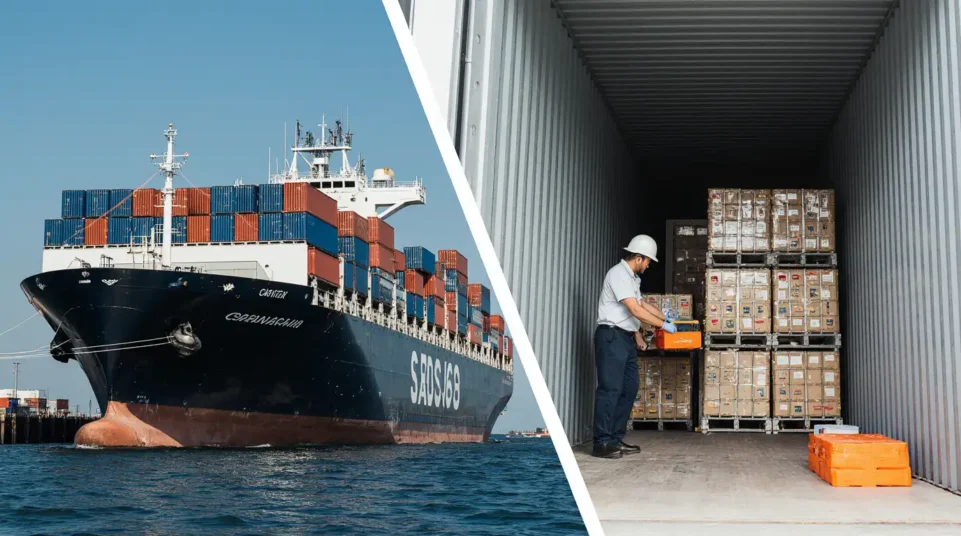
Real-Time Tracking Expectations for China-US FCL and LCL Shipping to US
To maintain real-time visibility, importers utilize specific identifiers and platforms. For an importer using TopShipping, we simplify this process by centralizing all data on our platform.
1. Core Identifiers You Need:
Bill of Lading (B/L) Number: The unique contract number for the entire shipment. This is the primary key for tracking ocean transit.
Container Number: The unique 11-digit code (e.g., $ABCD1234567$) visible on the physical container. Essential for FCL tracking.
Booking Number: Used internally by the carrier to manage the booking prior to the B/L being issued.
2. Tracking Platforms:
| Platform | Best Used For | Notes |
| TopShipping Centralized Platform | All LCL and FCL shipments handled by us (end-to-end). | Recommended. Integrates data from all sources (carrier, customs, final mile) for one centralized, easy view. |
| Carrier Websites (e.g., COSCO, Maersk) | FCL shipments and initial ocean transit of LCL master containers. | Requires the B/L or Container Number. Provides raw data from the shipping line. |
| Port Authority Websites | Checking container status at the destination terminal (e.g., Long Beach, New York). | Useful for confirming when the container has been discharged and is ready for pickup/deconsolidation. |
| Domestic Trucking/Parcel Sites | LCL shipments after deconsolidation (final mile delivery). | Requires the new domestic tracking number issued once the cargo leaves the CFS. |
Insurance, Customs, Duties & Taxes: FCL and LCL from China to USA
Shipping costs and risks are influenced by insurance, customs clearance, import duties, and taxes. Here’s a concise guide for both FCL and LCL shipments.
1. Cargo Insurance
Standard carrier liability is insufficient: FCL max $500/container, LCL ~$2.5/kg → high-value shipments are underinsured.
Recommended: Comprehensive cargo insurance (~0.3–0.5% of cargo value) covers loss, damage, theft, and accidents (not poor packaging or product defects).
FCL vs LCL risk: FCL is lower risk (loaded once, sealed); LCL is higher risk due to multiple handling—insurance is essential for both, especially LCL.
2. Customs Clearance
Required documents: Commercial Invoice, Packing List, Bill of Lading, ISF Filing, Entry Summary (CBP Form 7501).
Timeline: FCL: 1–3 days (with correct docs); LCL: 1–3 days plus deconsolidation (add 3–7 days).
Delays occur due to: incorrect HS codes, vague descriptions, valuation disputes, regulatory compliance (FDA, FCC, CPSC), and random inspections (~5% of shipments).
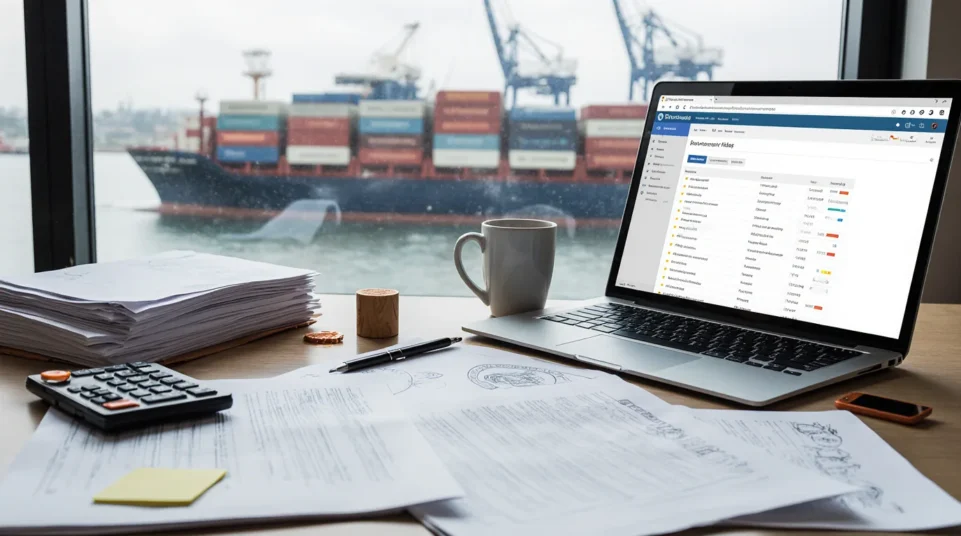
3. Import Duties
Calculated based on HS Code, CIF value, and country of origin.
- Examples: Electronics 0–2.5%, Clothing 10–32%, Furniture 0–5%, Footwear 8–37.5%.
- Section 301 tariffs: Add 7.5–25% for many Chinese goods.
- FCL vs LCL: Same duty rates; duty depends on product value, not shipment method.
- Minimizing duties: Correct HS codes, accurate valuation, explore free trade agreements.
4. Sales Tax / VAT
USA has no federal VAT. State/local sales tax is paid when selling, not importing; rates vary (0–10.25%). For Amazon FBA sellers, Amazon collects and remits sales tax in states where you have nexus.
Note: Sales tax is separate from import duties.
Finding a Right Freight Forwarder for FCL/LCL Shipping (China to USA)
The choice of your logistics partner is more critical than the choice between FCL and LCL itself. A great forwarder is your operational safety net, preventing costly delays and hidden fees.
Demand these four non-negotiable qualities when selecting a partner for your FCL or LCL shipments China to US:
- Pricing Transparency: Require upfront, all-inclusive quotes that clearly define local charges. Must specialize in reliable DDP shipping to the USA to prevent surprise customs bills.
- Operational Expertise: The forwarder must have deep knowledge of US Customs (CBP) rules and a strong presence in the origin, like our base in Shenzhen, for better leverage and control.
- Integrated Technology: Look for a centralized platform offering instant quotes, simple booking, and integrated real-time tracking combining carrier, customs, and final-mile data.
- Human Reliability: Choose a partner who guarantees fast response times and provides a dedicated, multilingual agent—the human touch needed to resolve inevitable shipping complications.

Why Importers Prefer TopShipping
TopShipping combines advanced technology with real human expertise. Our mission is simple, make China to USA shipping easy, transparent, and predictable.
What makes us different:
- Shenzhen-based (near factories + ports)
- Multilingual support (English, French, Chinese)
- Faster replies than traditional forwarders
- Real-time tracking for FCL & LCL
- DDP + Amazon FBA coordination
- Transparent pricing—no surprises
FAQ
How long does LCL shipping from China to the USA take?
Typical LCL transit time is 20–35 days, depending on the origin port, destination port, consolidation time, carrier schedule, and customs clearance.
LCL is usually 3–7 days slower than FCL due to loading/unloading at CFS warehouses.
What is the current LCL price from China to the USA?
LCL rates vary based on market conditions, seasonality, fuel surcharges, and port pairing. You are usually charged:
- Base ocean freight per CBM or ton
- Origin & destination CFS fees
- Documentation fees
- THC (Terminal Handling Charges)
- Seasonal surcharges (PSS, GRI, BAF)
For an accurate quote, rates are calculated based on the cargo’s volume, weight, HS code, and destination.
How do I track LCL shipments from China to the USA?
You can track your LCL cargo using:
- HBL or MBL number
- Container number (when available)
- Carrier or forwarder online tracking portals
Note: LCL tracking is sometimes less detailed because multiple shipments share one container.
What factors affect LCL shipping rates from China to the USA?
- Key factors include:
- Volume and weight
- Origin & destination ports
- Demand and seasonality
- Fuel surcharge levels
- Space availability in CFS warehouses
- Type of cargo
- China–US freight market conditions
What is included in China to USA LCL logistics services?
A full LCL logistics service typically covers:
- Supplier pickup
- Export customs clearance
- Consolidation
- Ocean freight
- Deconsolidation in the USA
- Delivery to your warehouse or Amazon FBA center
What documents do I need for LCL shipping from China to the USA?
- Common LCL documents include:
- Commercial Invoice
- Packing List
- Bill of Lading (HBL / MBL)
- Arrival Notice
- Importer security filings (ISF)
- Certificates (if applicable: MSDS, CO, fumigation, etc.)
Is LCL good for Amazon FBA shipments?
Yes. LCL is popular for FBA sellers with small or mid-size shipments. Ensure your forwarder supports:
- Palletizing
- FBA-compliant labels
- Appointment scheduling at FBA warehouses
